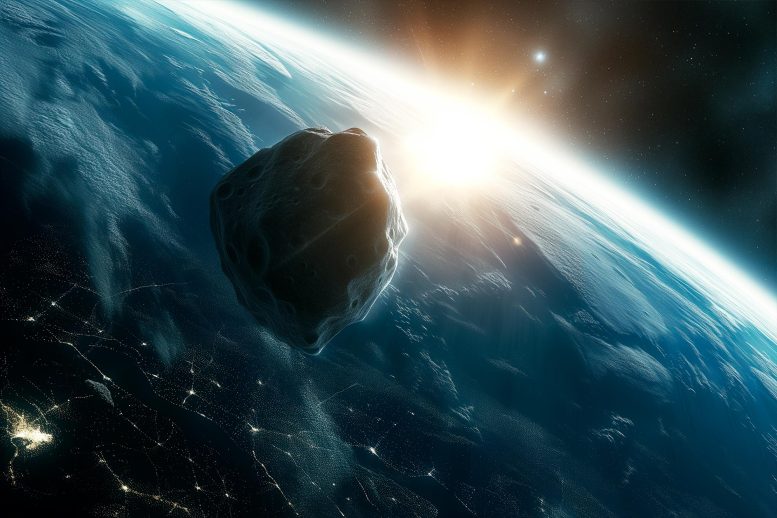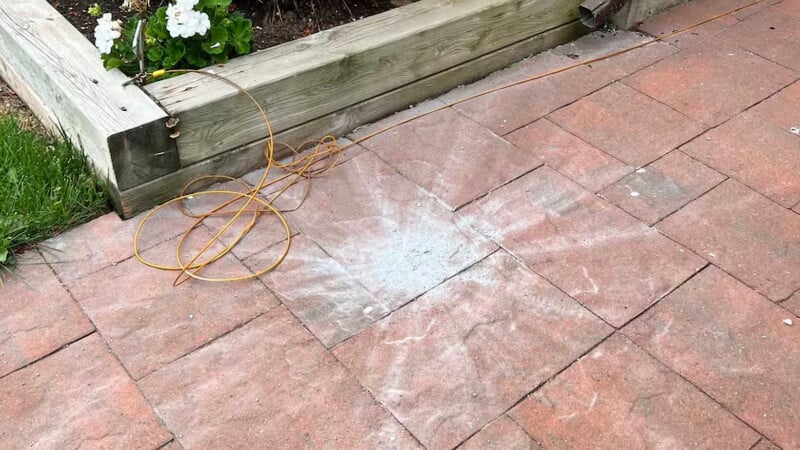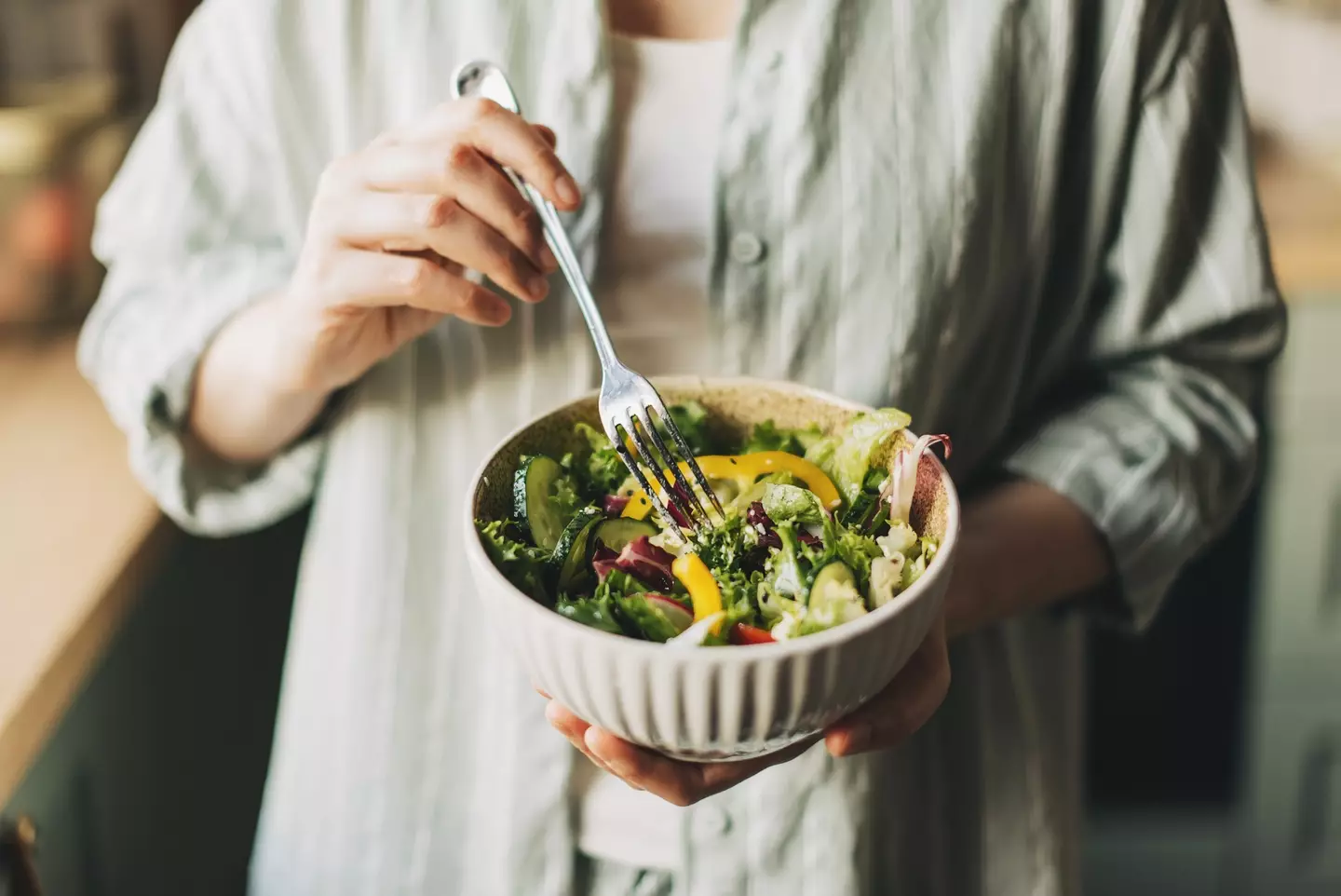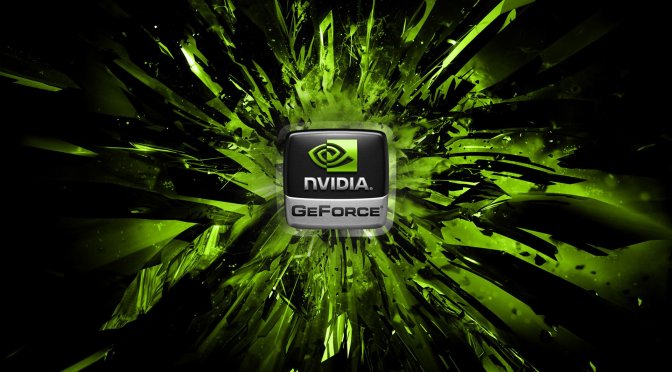# Impact Imminent: Racing To Track Asteroid 2024 BX1’s Collision Course With Earth

Veteran asteroid hunter Sárneczky’s discovery of an incoming asteroid has led to a coordinated global response, which has resulted in the successful observation of the asteroid 2024 BX1’s impact near Berlin. This event highlights the advancements in space monitoring technology and the importance of international collaboration.
On January 20, 2024, astronomer Krisztián Sárneczky identified an asteroid on a collision course with Earth. Several hours later, it entered our planet’s atmosphere 50 km west of Berlin, creating a remarkable fireball. Named ‘2024 BX1’, this is only the eighth asteroid that has been detected by humans before impact, and the third discovered by Sárneczky.
## Discovery of Asteroid 2024 BX1
At 22:48 CET on Saturday, January 20, veteran asteroid hunter Sárneczky discovered a new asteroid using the 60 cm Schmidt Telescope at Piszkéstető Mountain Station, which is part of Konkoly Observatory in Hungary. He immediately sent his data on the asteroid’s trajectory to the Minor Planet Center, but with just three initial observations, it was impossible to know for certain whether it was on a collision course with Earth. However, Sárneczky continued tracking the asteroid, and just a few minutes later, he shared four more observations that clearly indicated a 100 % chance of an imminent impact.
## Global Response and Impact
Automatic impact monitoring systems around the world, including ESA’s ‘Meerkat’, responded to these new data and sprang into action, issuing an alert to astronomers and asteroid experts. Sárneczky continued to make and report his observations and was soon joined by others in Europe. More than a dozen observatories turned their eyes toward the incoming object. With their help, it soon became clear that the small asteroid, roughly one meter in size, would impact Earth in less than two hours, approximately 50 km west of Berlin, Germany.

Asteroids of this size strike Earth on average every couple of weeks. They pose no significant danger, and most are never detected. But they can help us understand how many small asteroids are out there and we can study the fireballs they produce to determine what they are made of – if we catch them on camera.
Thankfully, large asteroids that are many kilometers in diameter are much easier to spot and relatively rare. The vast majority of near-Earth asteroids that would cause devastating damage if they were to impact our planet have already been spotted, and we know of none that will collide with our planet for at least the next one hundred years.

ESA’s Gaia spacecraft maps 150,000+ asteroid orbits. Credit: ESA/Gaia/DPAC, CC BY-SA 3.0 IGO, Acknowledgments: Stefan Jordan, Toni Sagristà, Paolo Tanga; Gaia Sky (developed by Toni Sagristà); Gaia DR3 data (
## Event and Its Significance
As Saturday night turned into Sunday morning, astronomers continued to track asteroid 2024 BX1 until, at 01:25 CET, it entered Earth’s shadow and disappeared from view. Observers held their breath, but they didn’t have to wait for long. Just a few minutes later, at 01:32 CET, 2024 BX1 struck Earth’s atmosphere and burned an explosive streak through the night sky. Many people in the Berlin area and across central Europe were able to witness the fireball, and a handful of people and automated camera systems even managed to record it. Only eight asteroids have ever been detected before impact with Earth’s atmosphere. The first of these discoveries took place in 2008, and four were detected in just the last two years. As humankind’s ability to detect smaller space objects continues to improve, this number is likely to rise exponentially in the coming years.
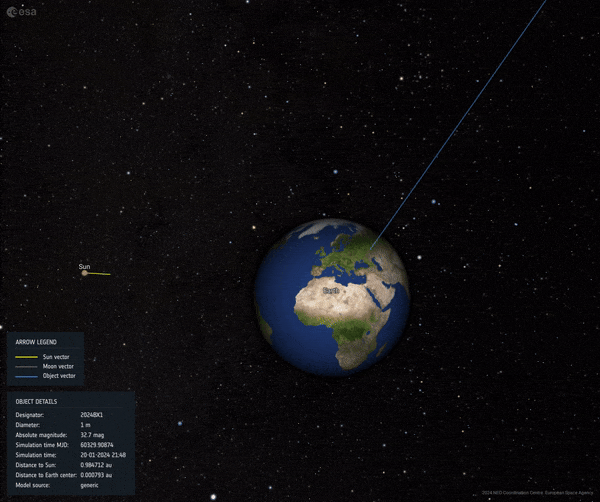
Visualization of the trajectory and impact of asteroid 2024 BX1 on January 21, 2024, created using the Flyby Visualization Tool of ESA’s Near Earth Object Coordination Centre.
Thanks to the rapid response and information sharing from Earth’s asteroid and fireball communities, many people were able to see and record this spectacular sight, despite it taking place with just hours’ notice and in the middle of the night. The hunt is now on for any potential meteorites that survived the fiery journey through the atmosphere and made it to the ground. [More on this story, see Small Asteroid Detected on an Imminent Collision Course With Earth](https://www.scitechdaily.com/small-asteroid-detected-on-an-imminent-collision-course-with-earth/).

